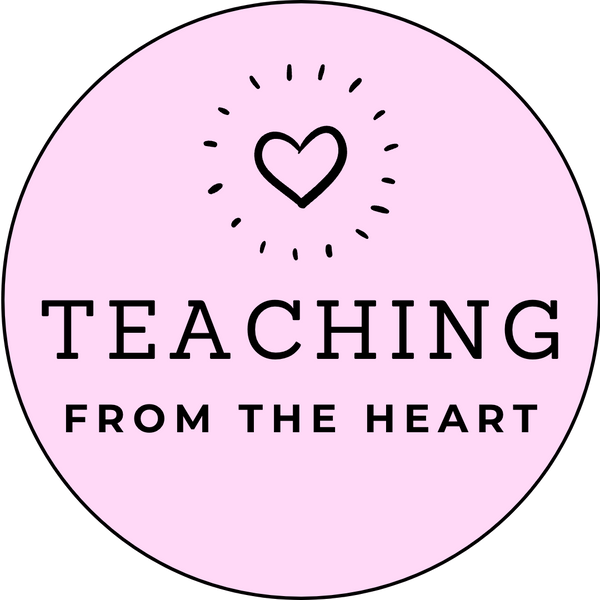Fine-motor Activity Ideas
Share
Fine motor skills are essential for young learners as they play a crucial role in writing, cutting, and manipulating small objects. Engaging activities can help strengthen these skills while keeping students entertained and engaged. Here are ten fun and effective fine-motor activities:
Playdough Activities – Rolling, pinching, and shaping playdough helps build hand strength and coordination. You can introduce tools like cookie cutters, rolling pins, or plastic scissors to make it more engaging. A fun challenge is asking students to form letters, numbers, or simple shapes.
Tweezers and Pom-Poms – Using tweezers to pick up and sort small pom-poms into cups or containers strengthens finger grip and control. Adding a colour-matching element can make the activity more engaging while reinforcing learning concepts.
Threading Beads or Pasta – Stringing beads or pasta onto a piece of yarn or pipe cleaner develops dexterity and hand-eye coordination. Using different-sized beads can make the task easier or more challenging depending on student ability.
Cutting Practice with Scissors – Providing students with patterned lines to cut along (such as zigzags, spirals, or wavy lines) helps improve precision. You can incorporate seasonal crafts like cutting out snowflakes or creating paper chains.
Sticker Peeling and Placement – Peeling stickers off a sheet and placing them onto a designated spot on paper helps develop pincer grip. A fun variation is having students create sticker patterns or complete sticker-based puzzles.
Finger Painting and Q-Tip Art – Using fingers or cotton swabs to paint small designs helps strengthen hand muscles. This is a creative way to improve fine motor control while also encouraging artistic expression.
Lacing Cards – Punching holes in cardboard cutouts and allowing students to lace yarn through them mimics sewing and enhances hand-eye coordination. You can create custom shapes related to classroom themes or student interests.
Pegboard and Peg Activities – Placing pegs into a pegboard strengthens finger control and pincer grasp. Arranging pegs by colour or following patterns adds an extra cognitive challenge.
Building with Small LEGO Bricks – The act of picking up, placing, and pressing LEGO bricks together is fantastic for fine motor development. Encouraging students to build specific structures or follow simple blueprints can further enhance skill-building.
Using Clothespins or Clips – Squeezing and opening clothespins to clip them onto a surface builds finger strength. A fun way to use this is by incorporating number or letter matching activities with corresponding cards.
Fine motor practice is essential for developing key academic and everyday skills. By making these activities engaging and varied, students will strengthen their abilities while having fun in the process.
